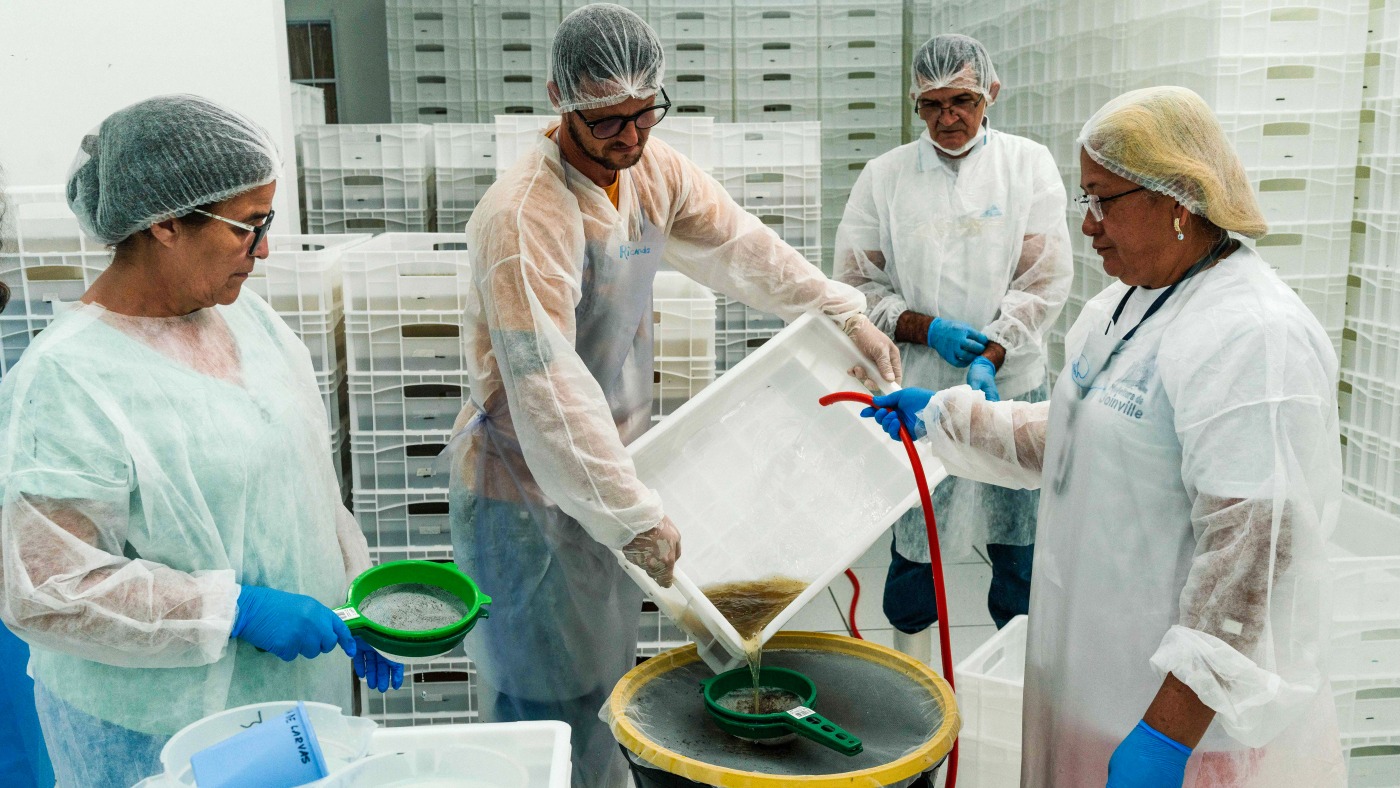Brazil’s Innovative Approach to Dengue Fever: The Wolbachia Solution
The Dengue Challenge in Brazil
Dengue fever has long been a formidable public health adversary in Brazil, affecting millions and straining healthcare systems. The disease, transmitted by the Aedes aegypti mosquito, causes severe flu-like symptoms and can escalate to life-threatening complications. Traditional control methods, such as insecticide spraying and eliminating standing water, have proven insufficient in curbing the spread of dengue. This persistent challenge has driven Brazil to explore groundbreaking solutions, with the Wolbachia method emerging as a promising strategy.
The Science Behind Wolbachia
Wolbachia, a naturally occurring bacterium, has become a key player in Brazil’s fight against dengue. This bacterium, harmless to humans, disrupts the replication of mosquito-borne viruses like dengue, Zika, and chikungunya within the Aedes aegypti mosquito. When these mosquitoes carry Wolbachia, the viruses struggle to multiply, significantly reducing the risk of transmission to humans. The World Mosquito Program (WMP) has been at the forefront of this innovative approach, introducing Wolbachia-infected mosquitoes into the environment to gradually replace wild mosquito populations.
Scaling Up the Solution: The Mosquito Biofactory
To implement this strategy on a large scale, Brazil has invested in the world’s largest mosquito biofactory, operated by Wolbito do Brasil. This facility is dedicated to breeding and releasing millions of Wolbachia-infected mosquitoes. The biofactory represents a significant commitment to this innovative approach, with the goal of protecting an estimated 140 million people from dengue and other mosquito-borne diseases.
The process involves injecting Wolbachia into Aedes aegypti eggs in a lab. Once the mosquitoes hatch and reproduce, they pass the bacteria on to their offspring, leading to a gradual replacement of the wild mosquito population with Wolbachia-carrying mosquitoes. The biofactory operates with meticulous precision, requiring careful monitoring, quality control, and a deep understanding of mosquito biology.
Implementing the Program: City by City
The Wolbachia method has already been implemented in several Brazilian cities, including Rio de Janeiro and Niterói. Niterói, in particular, has witnessed the devastating effects of dengue, chikungunya, and Zika, making it a prime location for the program. The initial results have been promising, with a significant reduction in dengue cases in areas where Wolbachia-infected mosquitoes have been released.
As of mid-2025, eleven Brazilian cities are actively participating in the program, with plans for further expansion. The rollout demands significant human resources, infrastructure, and collaboration between the WMP, government entities, and the Oswaldo Cruz Foundation, with the help of many volunteers. The Brazilian people are actively involved, recognizing the importance of this initiative for their health and well-being.
Addressing Challenges: Efficacy and Economics
While the Wolbachia method holds great promise, important questions remain about its long-term efficacy and economic viability. Although early results are encouraging, it’s still an open question whether the release of Wolbachia-infected mosquitoes can significantly reduce the overall incidence of dengue fever across Brazil. The effectiveness of the method may vary depending on local environmental conditions, mosquito population dynamics, and other factors.
Scaling up the program to cover all of Brazil is a massive undertaking. Buying and releasing billions of mosquitoes comes with a considerable price tag. A thorough cost-benefit analysis is necessary to determine whether this approach is economically sustainable in the long run. Furthermore, it is necessary to consider whether the cost of releasing billions of mosquitos is less expensive than the cost of treatment for those infected.
An Integrated Approach to Dengue Control
The Wolbachia method is not a silver bullet. It is most effective when integrated with other strategies for mosquito control and disease prevention. This includes maintaining efforts to eliminate mosquito breeding sites and using environmentally friendly insecticides, educating the public about dengue prevention and encouraging community participation in mosquito control efforts, continuously monitoring dengue cases and mosquito populations to track the effectiveness of the program and identify areas where additional interventions are needed, and the development and widespread use of dengue vaccines offer another layer of protection against the disease.
The Future of Dengue Control in Brazil
Brazil’s mosquito gambit represents a bold and innovative approach to tackling a persistent public health challenge. The Wolbachia method has the potential to significantly reduce the burden of dengue fever and other mosquito-borne diseases. However, its long-term success hinges on careful monitoring, adaptive management, and integration with other control strategies.
The world is watching Brazil’s experiment with great interest. If successful, this approach could be replicated in other dengue-endemic countries, offering hope for a future where these debilitating diseases are no longer a major threat to public health.
A Buzz of Hope
Brazil’s embrace of “good mosquitoes” is more than just a scientific endeavor; it’s a testament to human ingenuity and resilience in the face of adversity. The image of scientists releasing Wolbachia-infected mosquitoes into the air is a symbol of hope, a reminder that even the smallest creatures can play a role in improving human health and well-being. While challenges remain, Brazil’s mosquito gambit offers a glimmer of optimism in the ongoing fight against dengue fever.

